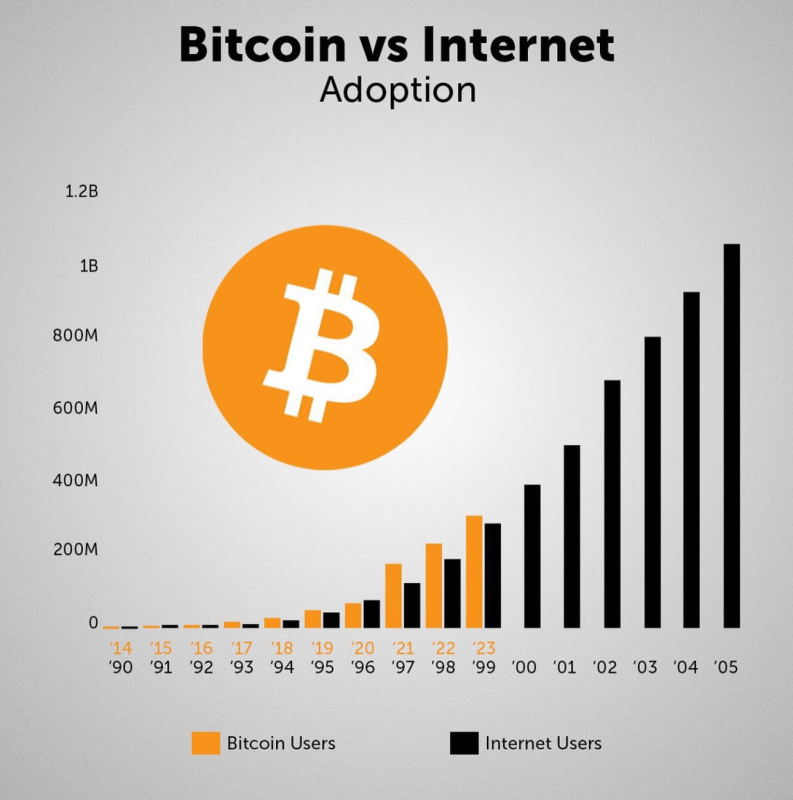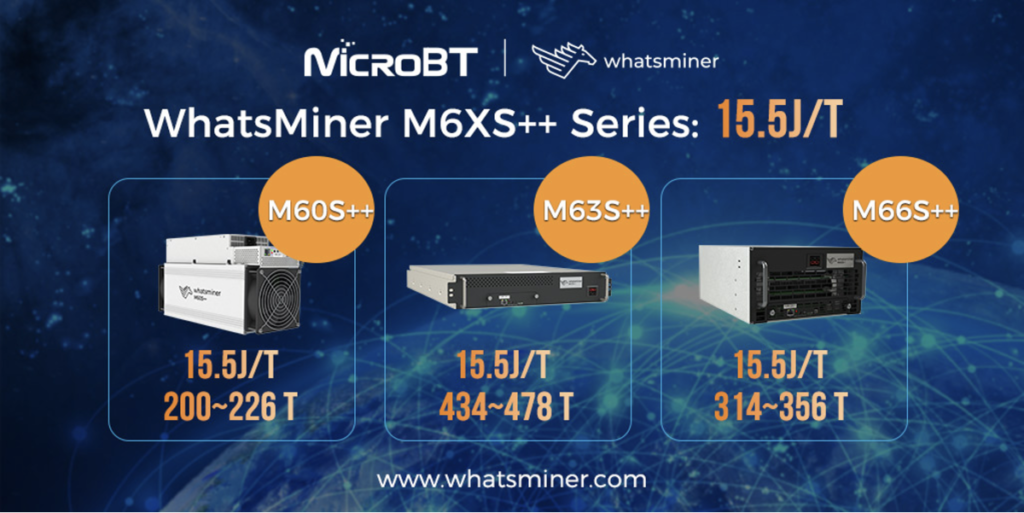]
A small, but significant development in Bitcoin’s much-debated decentralized consensus process is taking place, with some developers moving to publicly gauge sentiment of warring soft fork proposals that would augment the software rule set.

https://x.com/pete_rizzo_/
More specifically, the effort began today with the creation of a page on the Bitcoin Wiki website called “Covenants Support,” whereon the network’s pseudonymous developers are able to attest as to their interest in no less than nine proposals, with a six option rating system.
The effort is not affiliated with Bitcoin Core, the network’s major software implementation.
Yet, it’s notable, as the process has been evoked in past Bitcoin consensus upgrades, dating back to the first soft fork, P2SH, in 2012, and continuing through the fabled Fork Wars, with SegWit, the most contested change to date, both having dedicated Wiki pages.
Covenants, a method of restricting the spending conditions of specific UTXOs, has been gaining mindshare since 2021, with the introduction of OP_CTV, authored by developer Jeremy Rubin, though opinions differed at the time on the strength of the proposal and its promotion.
Among those being gauged for developer sentiment are OP_VAULT, a covenants scheme aimed more specifically at custody, and OP_CAT, an alteration that would bring back Satoshi-era capabilities, like the ability to perform complex code queries.
Already weighing in with their opinions are Luke Dashjr, one of the network’s longest-standing contributors, alongside newer entrants such as Jon Attack, Brandon Black, and MoonSettler.
Should the effort gain traction, the page could emerge as one to watch.
Bitcoin’s governance process, though much debated, has seldom conformed to a dedicated process, with some long-time contributors arguing against the necessity of a process at all.
Still, the move is indicative of an overall interest among the development community in moving forward with code updates that improve Bitcoin for users, though there will likely remain debate as to the preferred update, as well as the activation method that would enable it.
This article is a Take. Opinions expressed are entirely the author’s and do not necessarily reflect those of BTC Inc or Bitcoin Magazine.





